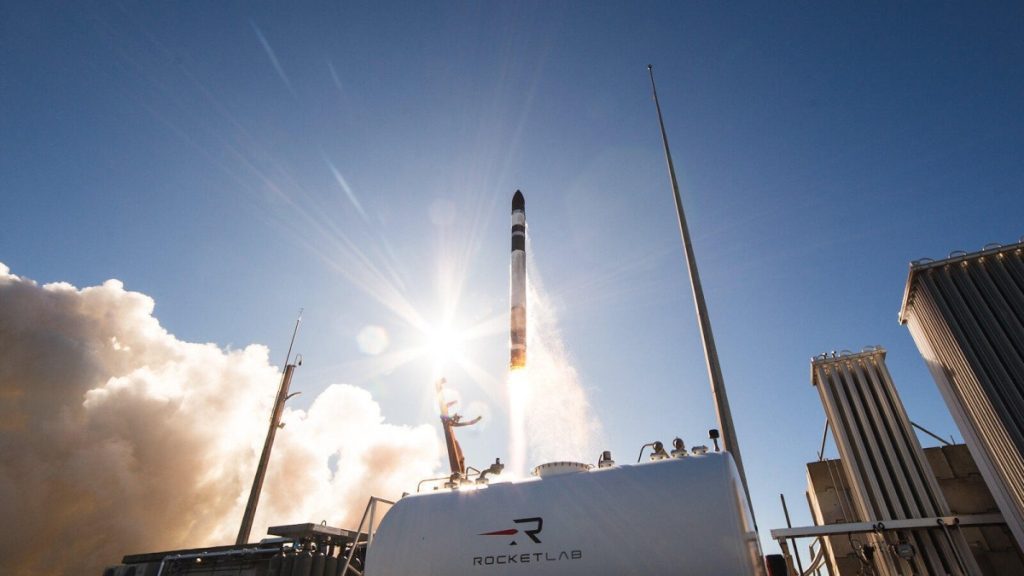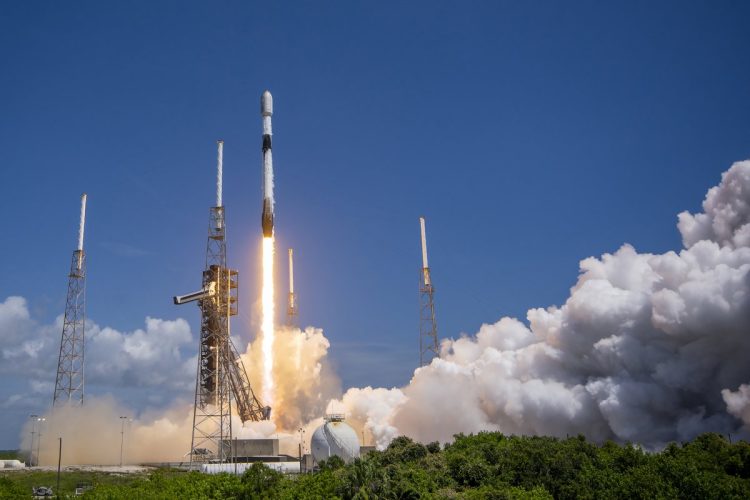The once-niche realm of space infrastructure investing has rocketed into the mainstream. Over the past 18 months, space-focused stocks—from rocket launch providers to satellite manufacturers—have outperformed most traditional aerospace peers, drawing serious capital from both institutional and retail investors. A combination of high-profile launches, regulatory easing, and a new generation of space ETFs has fueled a narrative that space is no longer just the final frontier, but a tangible, revenue-generating industry. Yet beneath the headlines and vertical charts lies a sector still grappling with technological uncertainty, operational bottlenecks, and valuation extremes. The question for investors now is clear: which space infrastructure bets are built to last—and which are simply riding zero-gravity hype?
SpaceX Spin-Off Plays vs. Pure-Space ETFs
While SpaceX itself remains a private company, its gravitational pull on public markets is undeniable. Every successful Falcon 9 launch or Starlink satellite deployment ripples outward into the share prices of listed suppliers and peers. Companies like Rocket Lab, Redwire, and Maxar have positioned themselves as secondary beneficiaries of the SpaceX-led boom. Rocket Lab, in particular, has gained traction as a “mini-SpaceX” with its Electron rocket and Neutron system in development. Despite early execution hiccups, the company’s vertically integrated approach and focus on small payload launches align with growing demand from the commercial sector.
Redwire, a lesser-known name, has carved out a role in space manufacturing, building solar arrays and robotic arms for in-orbit applications. Its revenue growth has been steady, but profitability remains elusive. Then there’s Maxar, recently acquired by private equity but long considered a bellwether for satellite imagery and geospatial intelligence. The point is clear: even without direct access to SpaceX equity, investors are increasingly building portfolios around what might be called the SpaceX ecosystem.
Complementing this trend is the rise of pure-space ETFs like the Procure Space ETF (UFO) and ARK’s Space Exploration & Innovation ETF (ARKX). While they offer diversified exposure, critics argue that many of their holdings are not “pure-play” space companies. For example, ARKX includes names like Deere and Netflix under the logic of “space-adjacent” innovation. This raises a fundamental question: are investors really buying exposure to orbital infrastructure, or simply latching onto the next speculative theme wrapped in a sci-fi veneer?
FAA Regulatory Hurdles and Launch Cost Trends
The economics of space infrastructure have undeniably improved, largely due to innovations in rocket reusability and satellite miniaturization. SpaceX’s ability to reuse Falcon 9 boosters has dropped the average cost per kilogram of payload from over $50,000 two decades ago to under $3,000 today. This trend is what underpins the investment case for companies aiming to build, maintain, or service infrastructure in low Earth orbit (LEO) and beyond. However, this deflationary trajectory is not without its friction points—particularly when it comes to regulation.
The Federal Aviation Administration (FAA), which governs commercial launch licensing in the United States, has become a critical bottleneck. After the 2023 mishap involving a failed upper-stage separation, the FAA temporarily paused launches for several private firms, highlighting the tension between innovation and safety oversight. Although the agency has since streamlined some approvals, the industry remains vulnerable to administrative pauses that can derail launch schedules and investor confidence alike.
Moreover, international regulatory alignment is still in its infancy. While Europe and the UAE are expanding launch capabilities, coordination around orbital debris, radio frequency allocation, and militarization risks remain unresolved. These headwinds don’t just impact launch providers—they also affect downstream infrastructure companies relying on timely deployment and data reliability.

Short Interest in Overhyped SPACs
Perhaps the clearest signal that space investing may be overheating is the growing short interest in SPAC-funded companies. The 2020–2022 wave of space-related SPACs brought several names public with lofty promises and limited revenues. Companies like Astra, Momentus, and Virgin Orbit promised revolutionary capabilities but quickly fell short in execution. Astra, for example, missed multiple launch windows and faced internal leadership turnover, leading to a more than 90% collapse in its stock price before it was delisted.
Short sellers have taken notice. According to recent data, average short interest in small-cap space stocks exceeds 15%—a level usually reserved for meme stocks or distressed sectors. The concern isn’t that space isn’t investable, but that too much capital chased too few viable companies too soon. In many cases, business models were aspirational, burn rates were unsustainable, and timelines were overly ambitious. The result is a bifurcation in the market: credible firms with real revenue potential vs. speculative plays still chasing product-market fit.
This is where fundamental analysis becomes crucial. Investors should look beyond press releases and launch footage to assess backlog quality, customer concentration, and cash runway. A company that relies on a single government contract or is pre-revenue with a high burn rate likely belongs in the high-risk bucket. By contrast, firms with proven technologies, repeat commercial customers, and a clear path to cash flow deserve closer attention—even if they’re not yet profitable.
What a Sustainable Space Portfolio Might Look Like
For investors seeking durable exposure to space infrastructure, the challenge is constructing a portfolio that balances innovation with operational discipline. That might include:
- Rocket Lab – A credible second-tier launch provider with a strong engineering team and expanding government contracts.
- L3Harris – While primarily a defense contractor, its acquisition of Viasat’s Tactical Data Links unit gives it unique leverage in space-based communications.
- Maxar (pre-buyout) – If re-listed, would remain a foundational name in satellite imagery and government services.
- Iridium Communications – A profitable satellite network operator focused on low-latency, global coverage, with strong ties to aviation and maritime sectors.
- Redwire – High risk but potential reward in niche space manufacturing, if cash burn is controlled.
This kind of portfolio would avoid speculative SPACs while offering targeted exposure across launch, imaging, communications, and in-orbit services. It also benefits from diversified revenue streams—some tied to defense budgets, others to commercial needs—hedging against regulatory or technological delays.
The Road Ahead: Boom, Bubble, or Breakthrough?
It’s tempting to view the current surge in space infrastructure stocks as the early phase of a multi-decade boom. And that might be true. But the industry’s capital intensity, regulatory uncertainty, and high-profile blowups suggest caution is warranted. Like the internet in the 1990s or electric vehicles in the 2010s, the promise of the sector is real—but early investors must separate signal from noise.
As more companies go public, and as traditional aerospace giants pivot more heavily into orbital services, the investable universe will expand. But until then, investors need to apply a filter of skepticism, focusing on financial durability as much as technological vision. Space infrastructure is here to stay—but its stock market presence must still prove it can survive reentry














































